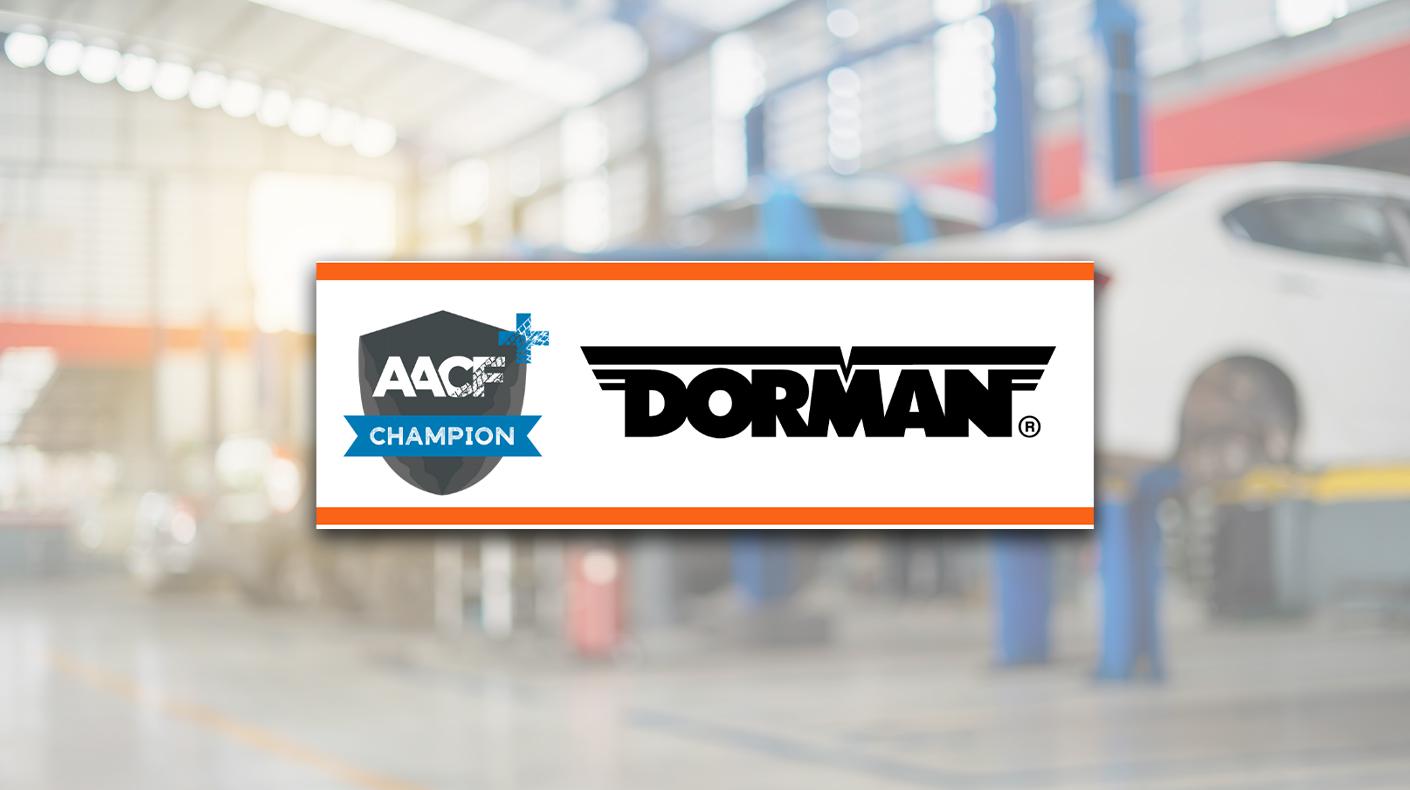As prices escalate at the pump, so too does the price of race fuel, causing crew chiefs and weekend enthusiasts to adjust their budgets accordingly. The rise hasn’t been dramatic, but still noticeable.
“The cost is increasing, maybe even more than pump gas,” says Steve Scheidker, global marketing manager for VP Racing Fuels. VP makes a number of race fuel blends, including spec fuels for American LeMans and NHRA.
Scheidker adds that since VP buys refined product and additives to produce its blends, the company is also subject to the ebbs and flows of the chemical industry. “In some cases, those have been in short supply: oxygenates, isopentanes, isooctanes—you name it. When those material costs go up, our costs go up just like they do at the pump.”
The rising cost of steel is another factor that impacts VP’s bottom line, Scheidker adding that the bulk of his company's product is shipped in steel drums and adds “another $.50, $.60, $.75 a gallon. The cost of steel is a significant factor.”
The average national price for a gallon of premium unleaded 91 octane rose 22% in the last year, and 6% in the last month, according to data from the Automobile Association of America.
The price for 100- and 110-octane at Willow Springs Raceway in Rosamond, California, has risen in step with pump prices—nearly 20%—but in half the time, according to WSR’s assistant manager Jim Hutchings. Hutchings says he was charging $5.50 a gallon six months ago and recently raised it a dollar. That’s still cheaper than some other stations nearby or in Los Angeles and Orange County, he says.
And while the rise in high-octane unleaded and leaded fuels is not significantly higher than that of regular pump gas, the spike in methanol prices is another story. Typically used in high-performance classes such as Top Alcohol drag racing, methanol prices have jumped as much as 50%, says David Hedderick, general manager of Hyperfuels, based in Houston.
“I know it’s popular with individuals making their own biodiesel, but most of my customers run it in alcohol go-karts or run methanol-injection on their turbos and turbodiesels,” Hedderick says. “It’s gone up quite a bit on me, and my margin has been gradually dwindling over the last six, eight months. Last June I was selling it for $2.10 (a gallon for a 55-gallon drum). Now it’s $2.90.”
The methanol spike is due in large part to labor disputes and natural gas supply problems experienced at the South American facilities of Methanex, the world’s largest methanol producer, according to Bloomberg. Recent prices appear to have leveled off, even dipping in parts of Asia, but Methanex’s situation still looks dicey.
The government of Argentina, a major supplier to Methanex, recently raised the import duty on natural gas. CNNMoney.com quotes a senior Latin American Methanex official as saying the company’s plants in Chile have only been operating at 30% capacity since June 2007.
Ironically, a country often cited as a catalyst for rising fuel prices due to increased energy demands is selling race fuel to American distributors cheaper than what U.S. refiners can offer.
“I sourced some nitromethane from California off of a Chinese tanker,” Hedderick says. “I did some testing on it and it is every bit as good as the stuff we make here. It just costs significantly less. My price on nitro is lower than everybody I know of.”
Even though the price of race fuel hasn’t increased significantly parallel to pump gas, its rise has been noted and chips away at established race team budgets.
“The trend has definitely been upward, like everything—hotels, diesel,” says Bernie Fedderly, co-crew chief for John Force Racing, explaining that race fuel typically accounts for 5% of his team’s budget.
“I don’t think it’s anything above the norm,” he adds. “And sponsorship dollars don't necessarily keep up with other expenses! We just learn to live with it.”
SEMA research analyst Megan McKernan, who races in NHRA’s Super Comp class, isn’t so much worried about rising race fuel prices as much as the costs of getting to the track. She recalls a particularly painful moment recently filling up her diesel tow vehicle at nearly $4.50 a gallon.
“My race season doesn’t really start until May, so I’m a little bit worried about summer prices. I think that’s where it’s going to hit most people, both the cost of diesel and race fuel prices. I won’t be surprised if it affects a lot of people’s decisions to travel for races.”
Hutchings, who sees enthusiasts at his track daily, doesn’t sense a great outcry—yet—among the weekend warrior leadfoots.
“If you’re a racer, [fuel] is just part of it, like tires.”
Research
Specialty-Automotive Consumers Show Balanced Interest in Shopping Online vs. In-Person
September 26, 2024 | Vol. 27, No. 39
View Article





